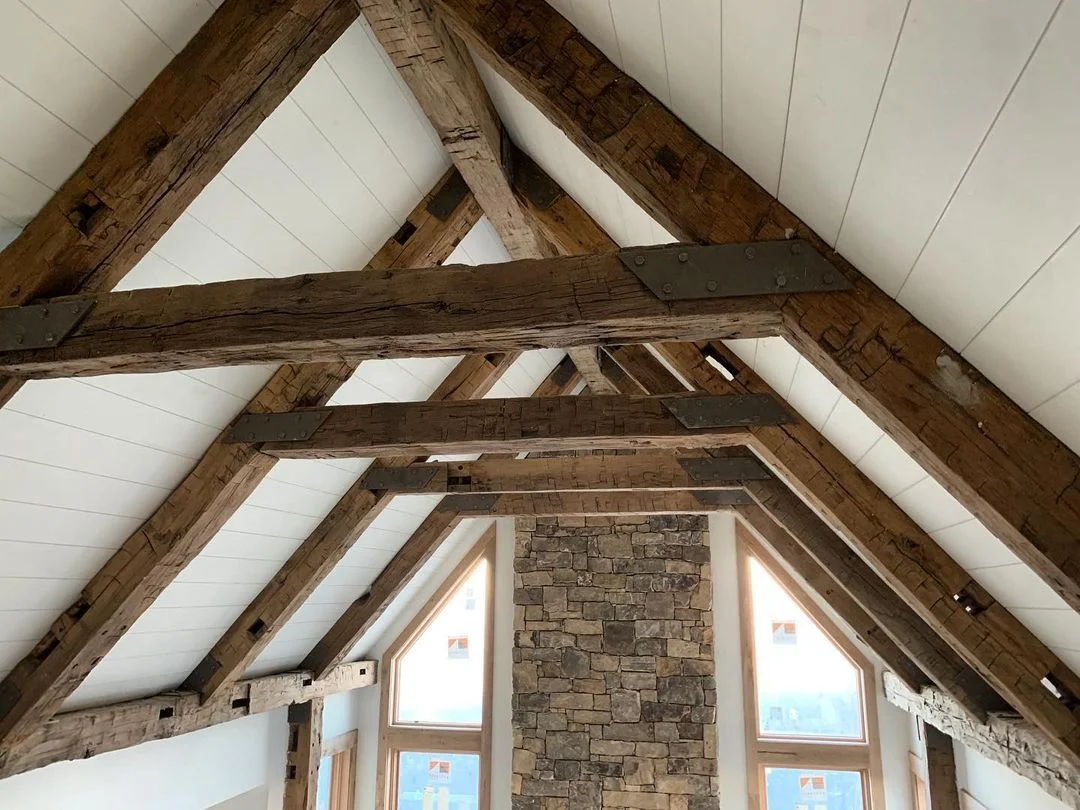Are you looking for a way to make your wood furniture shine? Do you want a finish that protects and beautifies your furniture? If so, then a polyurethane wood finish is just what you need! This guide contains everything you need to know about this type of protective coating and our top tips on achieving a smooth professional-looking result. You’ll be delighted with how great your finished product turns out!
What is Polyurethane?
Polyurethane is a popular wood finish for wooden surfaces. It is available in a variety of forms, including liquid finishes and spray coatings. When polyurethane is used on wood, it provides a protective layer that improves the look, durability, and resistance to moisture, scratches, and UV rays.
Polyurethane wood finishes are available in a variety of finishes, including glossy, semi-gloss, satin, and matte, enabling users to create the amount of sheen and aesthetic appeal that they prefer. These treatments can be applied to furniture, cabinets, floors, trim, and other wooden objects to offer a protective coating that preserves the inherent beauty of the wood while prolonging its lifespan.
The Benefits of Polyurethane
- Durability: Polyurethane forms a tough protective layer that helps shield wood from wear and tear, making it suitable for high-traffic areas.
- Water Resistance: Polyurethane is resistant to water and moisture, helping to prevent the wood from warping, swelling, or rotting.
- Beauty: It enhances the wood’s natural color and grain, providing a smooth finish that can range from glossy and reflective to subtle and matte.
- Ease of Maintenance: Polyurethane finishes are relatively low-maintenance and can be easily cleaned with mild soap and water.
- Protection from UV Rays: Some polyurethane wood finishes contain additives that protect against the harmful effects of ultraviolet (UV) rays, preventing fading and discoloration.
- Versatility: Polyurethane finishes can be used on a variety of wood types, including hardwoods and softwoods.
Water-Based vs. Oil-Based Polyurethane
Oil-Based Polyurethane
When applied, it imparts a warm, inviting golden tone to wood while creating a durable protective layer. Its user-friendly application and slower drying time provide ample opportunity to perfect your project between coats. To clean up, use mineral spirits. Keep in mind that oil-based polyurethane does release higher levels of VOCs (volatile organic compounds) compared to its water-based counterpart.
Water-Based Polyurethane
A transparent finish that dries quickly and can be easily cleaned with soap and water. Its environmentally friendly formula boasts low VOC content, making it a sustainable choice. Water-based polyurethane dries to a stunning crystal-clear gloss. Since it’s more liquid than oil-based polyurethane, you may need additional coats to achieve your desired results. Luckily, its rapid drying time ensures you won’t have to wait long between applications.
Polyurethane Application Methods
- Brush-On Polys:
-Great for flat surfaces needing a strong protective layer.
-Brushes hold a generous amount of finish, covering larger areas per load.
- Wipe-On Polys:
-Perfect for curved surfaces like crown molding and stair balusters.
-Avoids drips that can occur with brushing.
-Provides thinner coatings; best for low-wear areas.
- Spray-On Polys:
-Handy for tricky spots such as shutter louvers and chair spindles.
-Requires careful application to prevent drips.
-Needs extra prep to shield surroundings from overspray.
How Much to Apply and Duration of Effectiveness
Amount Needed
- Coverage: Most polyurethane products provide information about their range on the label. This is usually given in square feet per gallon or liter. Calculate the surface area of your project and divide it by the coverage rate to determine how much you need.
- Number of Coats: Different projects may require varying numbers of coats. For example, furniture might need 2-3 coats, while floors may require more.
Duration of Use
- Drying Time: The drying time varies depending on the type of polyurethane (oil-based, water-based, etc.) and environmental conditions (temperature, humidity). Follow the manufacturer’s instructions for drying times between coats.
- Curing Time: While the finish may feel dry to the touch after a certain period, it takes longer for polyurethane to fully cure and harden. This could range from a few days to a few weeks. During this time, avoid heavy use of the finished surface to allow for proper curing.
- Longevity: Polyurethane provides durable protection, but the lifespan can vary. Factors such as wear and tear, exposure to sunlight (UV rays), moisture levels, and maintenance practices play a role. In high-traffic areas, you might need to refinish sooner than in low-traffic spots, but it usually lasts up to 12 months.
- Maintenance: Regular cleaning and maintenance can extend the life of your polyurethane finish. Avoid using harsh chemicals or abrasive cleaners that could degrade the finish over time.
Related: How to Choose the Perfect Wood Finish for Your Project
Applying a polyurethane wood finish is an effective way to keep your furniture looking new and fresh. Not only will it make the surface of your furniture shiny, but it will also offer protection against water, dust, and wear and tear. All of this without compromising the beauty of your piece. With proper maintenance techniques, you can keep your wooden furniture shining with a polyurethane finish for years to come.









